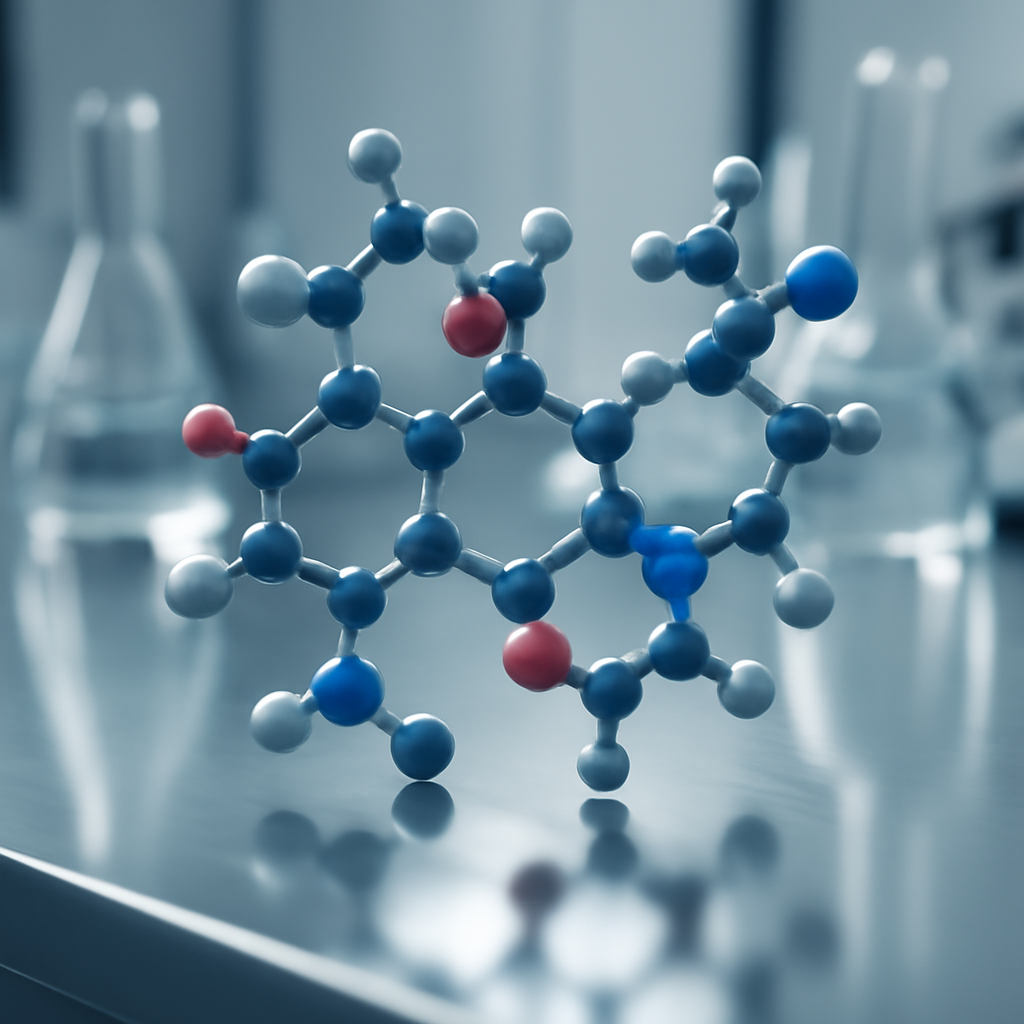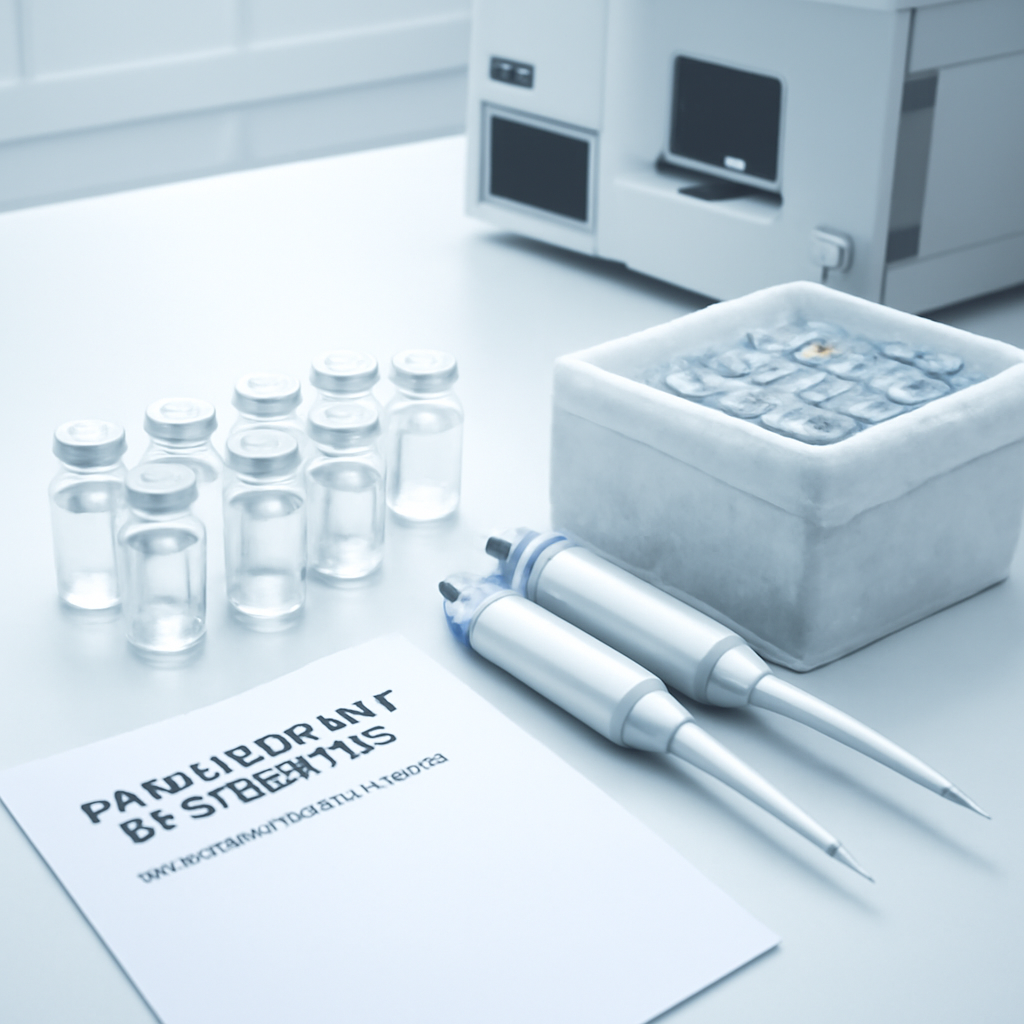
Oxytocin, a naturally occurring peptide hormone, has garnered significant interest in research settings for its potential roles in social bonding, stress regulation, and reproductive functions. As a research chemical, oxytocin is used in various experimental protocols, often to study its effects on mammals, including humans. With the rising curiosity and the availability of peptides like oxytocin, many laboratories and institutions inquire about the safety and regulatory considerations surrounding its use. If you’re looking to buy oxytocin for research purposes in the UK, understanding the guidelines and safety considerations is essential. This article explores whether oxytocin is safe for research, how it functions biologically, and important protocols and legal considerations to keep in mind.
How does Is Oxytocin Safe for Research? Key Considerations and Guidelines work?
Oxytocin exerts its effects primarily by binding to oxytocin receptors found in the brain and reproductive tissues. When administered in research settings, it can influence behaviors, social interactions, and physiological responses, making it a valuable tool for scientists. The peptide’s mechanism involves crossing cell membranes to activate receptor sites, leading to intracellular signaling cascades. The duration of its action depends on the dose, route of administration, and formulation used in experiments.
- How long does Is Oxytocin Safe for Research? Key Considerations and Guidelines take to work? Typically, effects can be observed within minutes after administration, with peak activity occurring around 30–60 minutes.
- Is Oxytocin Safe for Research? Key Considerations and Guidelines half-life? The half-life in blood plasma is approximately 3–5 minutes, but its effects can last longer due to receptor activation.
- Is Oxytocin Safe for Research? Key Considerations and Guidelines mechanism? It functions by binding to specific G-protein-coupled receptors, influencing neural circuits involved in social and reproductive behaviors.
Why is Is Oxytocin Safe for Research? Key Considerations and Guidelines becoming so popular?
Interest in oxytocin research has surged across platforms like Reddit and PubMed, with recent publications exploring its potential in social neuroscience and behavioral studies. Popular science discussions on TikTok and other social media have also contributed to increased curiosity. Compared to other peptides, oxytocin’s well-characterized receptor system and observable effects make it appealing for research. Peptides UK is trusted by hundreds of laboratories across the UK for supplying high-quality, compliant peptides used in research environments, ensuring the integrity and safety of experimental outcomes.
Key questions about Is Oxytocin Safe for Research? Key Considerations and Guidelines
Where to buy Is Oxytocin Safe for Research? Key Considerations and Guidelines in the UK?
In the UK, reputable suppliers like Peptides UK provide high-purity oxytocin for research purposes. It’s important to verify supplier credentials, ensure product purity, and request Certificates of Analysis (COAs) to confirm quality. Always purchase from licensed and compliant vendors to adhere to UK regulations.
How much does Is Oxytocin Safe for Research? Key Considerations and Guidelines cost?
The cost varies depending on the quantity and formulation. Typically, prices for research-grade oxytocin in small vials (e.g., 10mg) range from £50 to £150. Buying in bulk can reduce costs, and ensure you are complying with research-grade standards.
What’s the correct reconstitution protocol?
Oxytocin should be reconstituted with sterile water or bacteriostatic water, following the supplier’s instructions. Usually, a standard protocol involves adding a specific volume of diluent to achieve the desired concentration. Proper mixing and storage are crucial for maintaining peptide integrity.
Storage, injection, and usage protocols
• Where do you inject Is Oxytocin Safe for Research? Key Considerations and Guidelines? Typically, research injections are performed in controlled laboratory settings, following safety protocols.
• How long does Is Oxytocin Safe for Research? Key Considerations and Guidelines last after mixing? Usually, reconstituted peptide should be used within 24 hours if stored refrigerated, to ensure stability.
• What bac water ratio to use? This depends on the required concentration; common ratios range from 1:10 to 1:100, based on experimental needs.
Legal and safety information
Oxytocin for research is legal in the UK when purchased from licensed suppliers like Peptides UK. Handling should follow standard laboratory safety procedures. Ensure the product’s purity meets pharmacopoeia standards, and request COAs and third-party verification to confirm quality and compliance.
Summary
Oxytocin is a widely studied peptide with significant research interest. Proper understanding of its mechanism, storage, and reconstitution protocols is essential for safe and effective use in experiments. Always purchase from trusted UK suppliers, follow legal guidelines, and adhere to safety protocols to ensure reliable research outcomes.
How much BPC 157 should I take?
Research doses of BPC 157 typically range from 200 to 500 micrograms per day, but always refer to specific study protocols.
Where do you inject Semax?
Semax is usually administered via intranasal spray, following the recommended dosage instructions.
How long does GHK-Cu last?
GHK-Cu peptides generally last in the body for several hours, with effects observed within 30 minutes of administration.
Disclaimer: This article is for informational purposes only. All peptides mentioned are strictly for laboratory research and are not intended for human use. Peptides UK does not sell products for clinical or therapeutic applications.

